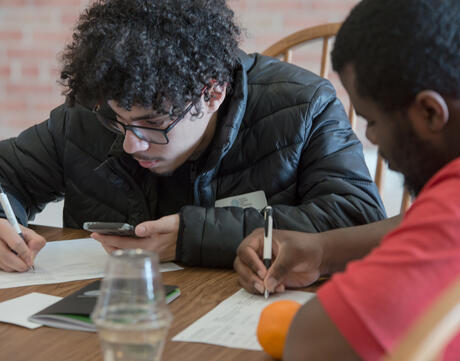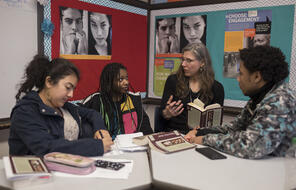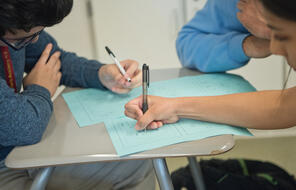
What is Power?
At a Glance
Language
English — USSubject
- English & Language Arts
Grade
11–12Duration
One 50-min class period- Culture & Identity
Overview
About This Lesson
The initial response for many students to the question, “When have you felt powerful?” is “Never.” Feeling powerless is common for young people, especially when it seems like the adults in their lives—parents, guardians, teachers, school administrators, coaches, employers—are making all of the important decisions and these decisions don’t always address the unique needs of youth.
In this lesson, students define power and then examine a range of perspectives that shed light on where power lies, the different ways that individuals and groups experience power, and the responsibility that comes with power. The resources and activities help to equip students with the vocabulary and confidence to engage in a more nuanced exploration of the relationship between power and agency in the next lesson.
Preparing to Teach
A Note to Teachers
Before teaching this lesson, please review the following information to help guide your preparation process.
Lesson Plans
Activities
Materials and Downloads
Quick Downloads
Download the Files
Download allGet Files Via Google
What is Power?
Power, Agency, and Voice Text Set Overview
Introducing Agency
Unlimited Access to Learning. More Added Every Month.
Facing History & Ourselves is designed for educators who want to help students explore identity, think critically, grow emotionally, act ethically, and participate in civic life. It’s hard work, so we’ve developed some go-to professional learning opportunities to help you along the way.
Exploring ELA Text Selection with Julia Torres
On-Demand

Working for Justice, Equity and Civic Agency in Our Schools: A Conversation with Clint Smith
On-Demand

Centering Student Voices to Build Community and Agency
On-Demand















